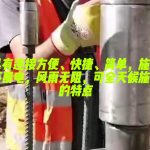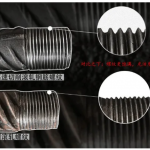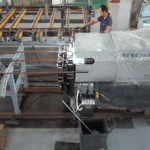Building industrialization
Definition: it refers to the production mode of large industry through modern manufacturing, transportation, installation and scientific management to replace the decentralized, low-level and low-efficiency handicraft production mode in the traditional construction industry. Its main symbols are the standardization of architectural design, the production and construction of components and parts, the mechanization of construction and the scientization of organization and management.
Basic contents of architectural industrialization
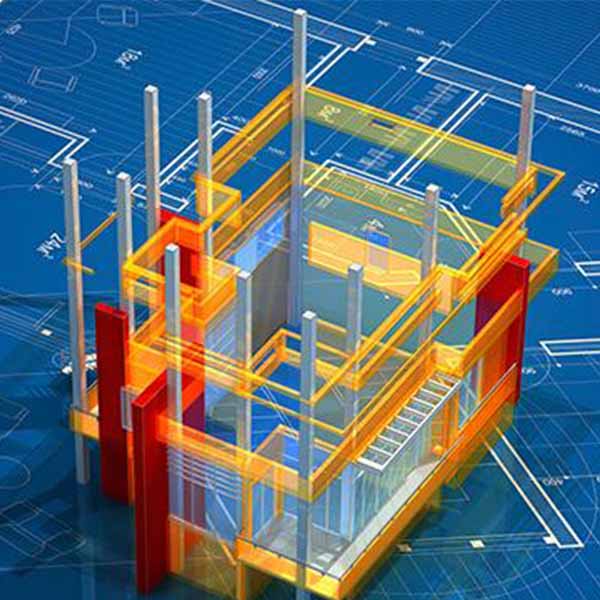
The basic contents of building industrialization are: adopt advanced and applicable technology, technology and equipment, scientifically and reasonably organize construction, develop construction specialization, improve mechanization level, and reduce heavy and complex manual labor and wet operation; Develop the production of building components, parts, products and equipment, form an appropriate scale of operation, and provide the construction market with a series of general building components, parts and products for all kinds of buildings; Formulate unified building modules and important basic standards (module coordination, tolerance and coordination, reasonable building parameters, connection, etc.), reasonably solve the relationship between standardization and diversification, establish and improve product standards, process standards, enterprise management standards, construction methods, etc., and constantly improve the level of building standardization; Adopt modern management methods and means, optimize resource allocation, implement scientific organization and management, cultivate and develop technology market and information management system to meet the needs of developing socialist market economy.
Characteristics of architectural industrialization
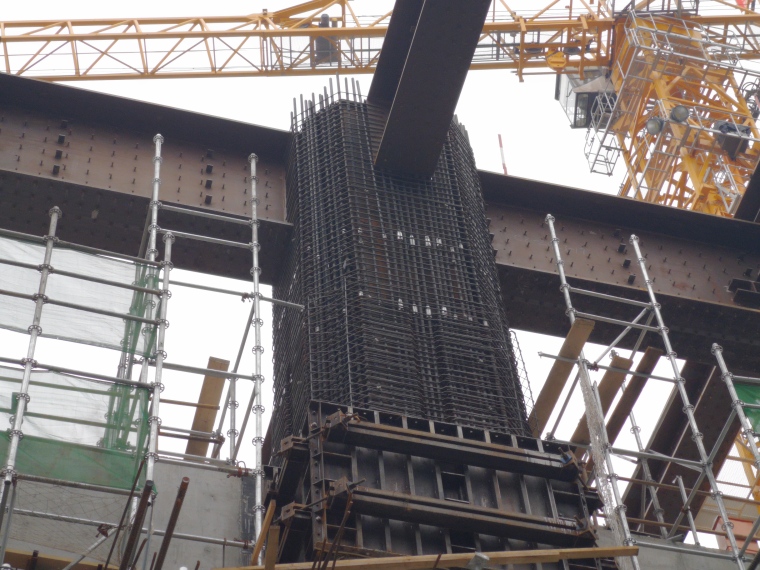
1、 Systematic design and construction. In every stage of a project, from market analysis to project handover, it must be carried out as planned.
2、 Repeatability of construction process and production. The repeatability of the production of components and parts is possible only when the components and parts can be suitable for different scale buildings, different use purposes and environments. If components and parts are to be mass produced, they must have a specified form, that is, finalization.
3、 Mass production of building components and accessories. No definite industrial structure can be applied to all building construction needs. Therefore, building industrialization must provide a series of components that can form a variety of different building types.
Architectural mode of housing industrialization
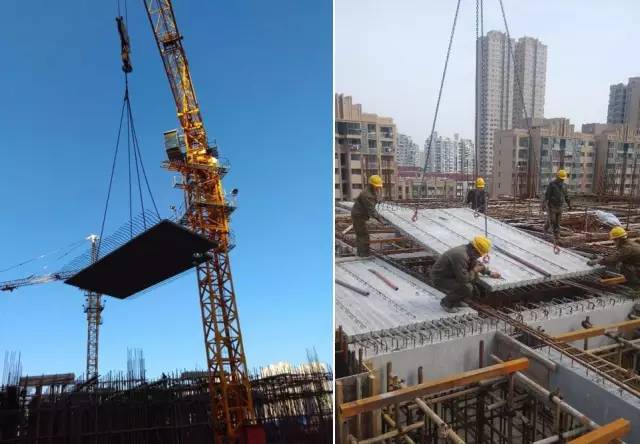
Industrialized construction refers to the production and construction of standardized components with general large tools (such as shaped steel plates). According to different production locations of residential components, industrialized construction methods can be divided into factory construction and on-site construction.
Factory construction
Industrialized construction refers to the assembly construction method of finalizing the production of components and parts, that is, according to the unified standard finalizing design, various components are produced in batch in the factory, then transported to the construction site and assembled into houses by mechanized method on site. The houses built in this way can be called prefabricated houses, mainly including large block houses, large wall panel houses, frame light plate houses, modular houses and so on. The main advantages of prefabricated houses are: high production efficiency, good quality, less affected by seasons, and fast construction speed of on-site installation. The disadvantages are: it needs to be based on the production base of various materials and components, and the one-time investment is very large; After the components are finalized, the flexibility is small, and improper treatment is easy to make the residential building monotonous and rigid; The integrity and stability of the structure are poor, and the seismic resistance is poor. In order to overcome the disadvantage of poor seismic performance of prefabricated houses in Japan, the joint cast-in-situ method is adopted in the connection of prefabricated concrete components to strengthen its overall strength and structural stability, and good results have been achieved. This kind of structure is called precast concrete structure (PC). At present, Vanke Company in China is carrying out relevant tests and improvements. Changsha Yuanda Housing Industry Co., Ltd. has used the most advanced PC components in the world for industrial housing production.
Site construction
Site construction refers to the direct production of components on site and assembly at the same time of production. The production and assembly process are integrated, but the general large-scale tools and production management standards in the factory are still adopted in the whole process. According to the different types of tool formwork used, the industrialized houses built on site mainly include large formwork house, sliding formwork house and tunnel formwork house. Compared with the prefabricated assembly method, it has the advantages of less one-time investment, strong adaptability to the environment, diverse building forms and strong structural integrity. The disadvantages are: the on-site labor volume is larger than that of prefabricated type, more formwork is used, and the construction is easy to be affected by the season.
Measures to realize building industrialization
In the process of building industrialization, we should first start from the design and start with the structure, and establish a new structural system, including steel structure system and prefabricated structure system. Most building components, including finished products and semi-finished products, should be industrialized. First, a new structural system should be established to reduce construction site operations. Multi storey buildings should be developed from traditional brick concrete structure to prefabricated frame structure; High rise and small high-rise buildings should develop from frame to shear wall or steel structure; The construction should develop from on-site pouring to prefabricated components and fabricated; Building components, finished products and semi-finished products are mainly produced in field and factory. The second is to speed up the research and development of new construction technologies, mainly in the direction of formwork, support and scaffold construction, so as to reduce wet operation on the construction site. Breakthroughs have been made in fair faced concrete construction, new formwork support and cantilever scaffold; In the new enclosure structure system, vigorously develop and apply new wall materials. Third, we should speed up the promotion and application of “four new” achievements and reduce manual operation on the construction site. On the basis of actively promoting the ten new technologies of the Ministry of construction, accelerate the transformation and improvement of these ten new technologies, including improving the assembly of parts and the mechanization of construction.
In the new structural system, we should promote the construction of steel structure buildings as soon as possible, apply precast concrete fabricated structure buildings, and develop composite wood structure buildings. In China, the time for steel structure construction is relatively ripe. China has ranked first in the world’s steel output for 8 consecutive years, a number of steel structure buildings have been completed successively, and the corresponding design standards and construction quality acceptance specifications have been issued; At the same time, the advantages of steel structure in construction are becoming more and more prominent because of its fast construction speed, good seismic performance and high structural safety; The use area of steel structure is more than 4% larger than that of reinforced concrete structure, and the construction period is greatly shortened; The adoption of steel structure technology in the project construction is conducive to the industrialized production of buildings, promote the development of metallurgy, building materials, decoration and other industries, and promote the improvement of fire prevention, anti-corrosion, thermal insulation, wall materials and overall kitchen and bathroom products and technology. Moreover, the steel structure can be recycled, reused, energy-saving and environmental protection, which meets the requirements of the sustainable development of the national economy.
Prefabricated structures should be actively advocated. At present, a large number of concrete structures are cast on site, which not only pollutes the environment and makes noise, but also increases the labor intensity of workers, and it is difficult to ensure the project quality. The prefabricated fabricated structural system (hereinafter referred to as “world structure system”) introduced by Nanjing Dadi construction company from France is a frame structural system that uses precast reinforced concrete columns, precast prestressed concrete beams and plates, and connects beams, plates, columns and joints into a whole through the post cast part of reinforced concrete. It has the advantages of reducing component section, reducing structural weight, facilitating industrialized operation and fast construction speed. It is a new multi-layer fabricated structural system instead of brick concrete structure. The structural system has been applied in many projects in Nanjing and the effect is obvious.
Composite wood structure should be developed as soon as possible. Composite wood structure is not only suitable for long-span buildings, but also for village buildings and villas with two to three floors. It should be said that different from concrete structure, composite wood structure, as one of the new structural forms in the future, has the characteristics of humanization and environmental protection. According to the characteristics of rapid growth and regeneration of poplar, efforts should be made to develop the deep processing technology of poplar wood, including wood treatment, compounding and molding, so as to make it into columns, beams, plates and other components for construction, and make it have the ability of insect prevention, fire prevention and easy combination. The extensive use of composite wood structure can reduce the demand for steel, cement, stones and other building materials, which is a kind of protection for resources; At the same time, it also provides a superior market for farmers planting poplar, which not only improves the use value of poplar, but also finds a new way for farmers to get rid of poverty and get rich. It can be said to kill many birds with one stone. It can be predicted that the potential energy of composite wood structure will increasingly appear with the maturity of technology, which will bring a revolution to China’s construction industry.
Development of architectural industrialization
History: in 1900, the United States created a set of machines that can produce large standard reinforced concrete hollow precast floors, built and assembled houses with the standards manufactured by this set of machines, and realized building industrialization. The industrialized building system began with the construction of a large number of buildings, such as schools, houses, factories and so on. The construction industrialization has obviously accelerated the construction speed, reduced the labor intensity of workers, and greatly improved the benefits. However, buildings are easy to be monotonous and consistent, lack of change. Therefore, the development of industrialized building system divides the house into two parts: structure and decoration. The structural part uses industrialized building means to form a large space, and then flexibly organizes the internal space with decoration means according to different use requirements, so as to make the building show different faces and functions and meet different requirements.
Development: construction industrialization is the development direction of China’s construction industry. In recent years, with the continuous deepening of the structural reform of the construction industry and the continuous expansion of the construction scale, the construction industry has developed rapidly and the material and technological foundation has been significantly strengthened. However, on the whole, the improvement of labor productivity is small, there are many quality problems and the overall technological progress is slow. In order to ensure the quality and function of various building final products, especially residential buildings, optimize the industrial structure, accelerate the construction speed, improve labor conditions, greatly improve labor productivity, make the construction industry embark on the quality and benefit road as soon as possible and become the pillar industry of the national economy. We mainly learn from the historical experience of building industrialization in China for decades, as well as the useful experience and practices of foreign countries; Considering the technical development status of China’s construction industry, the gap between regions, and the characteristics of rich labor resources; Adapt to the requirements of developing the construction market and continuing to deepen the structural reform of the construction industry; The focus is on housing construction, especially large-scale residential buildings that are directly related to improving people’s living standards.
 五隆兴科技发展有限公司
五隆兴科技发展有限公司

